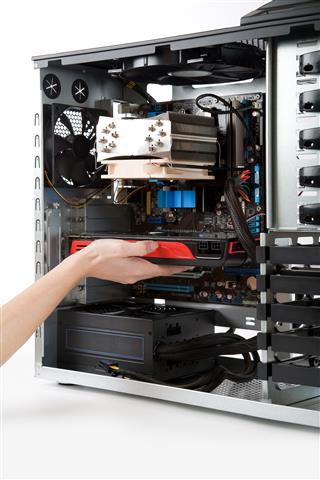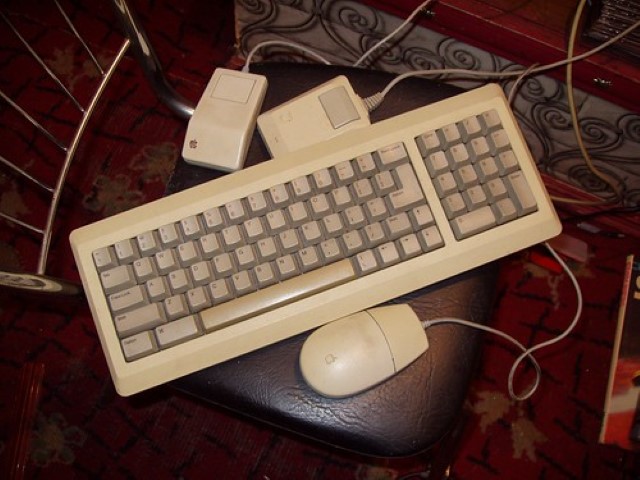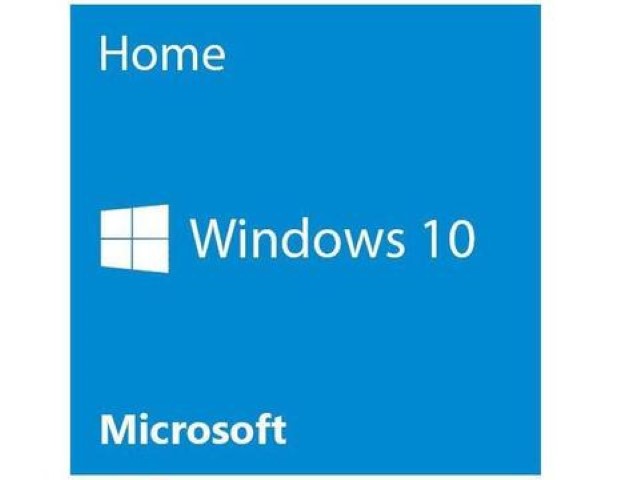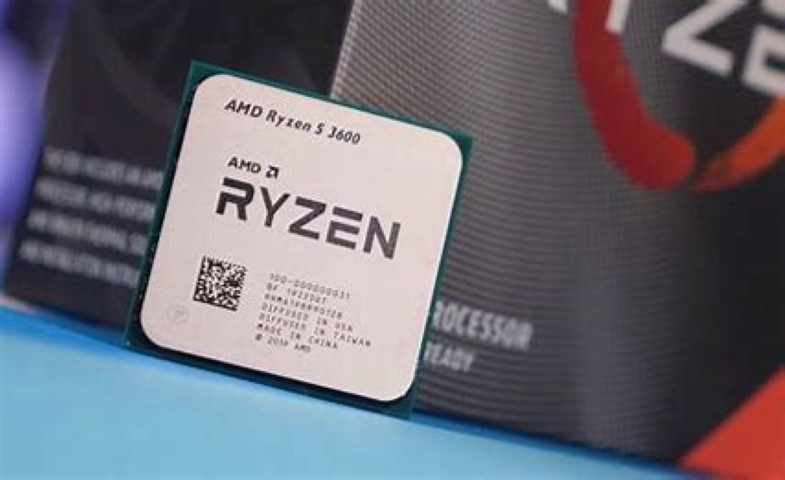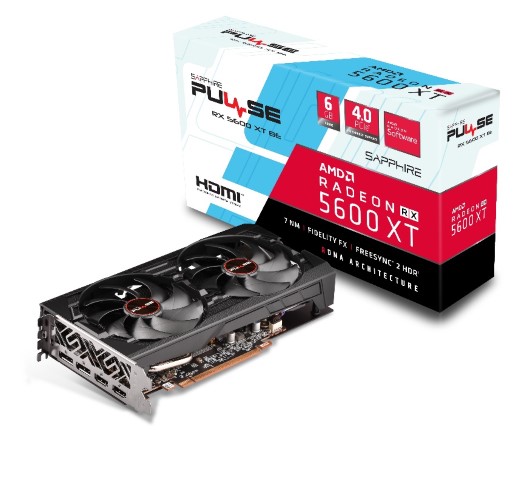
I see a lot of articles and videos about building a PC. They set a budget then go out to build a PC ensuring that all the component parts fit the budget. Although this appears to be a sensible approach, I have spotted a number of issues with these types of articles.
The first issue is that they make several assumptions but seldom state them. For example, they assume you have an OS license. They also assume you have all your peripherals as well as a monitor. If you have these items, awesome, however if you don’t then you either need to consider them in the initial budget or risk being left with whatever junkie parts you can buy, like a $12 mouse and keyboard set and a 20” monitor.
Secondly, they always spend the entire budget. Why is that, why do we feel if we have a budget to work with, it means we need to spend ALL of it? The reason this irks me is because I see this as making purchasing decisions that are about reaching the limit of the budget, and not necessarily about making wise choices.
Let us look at this from a more reasoned perspective and see what reality and wise choices will give us.
Let’s start with a budget of $1200. First, we need to know WHAT parts we need. Do we have peripherals? (Good keyboard, mouse and headset) Do we have a decent monitor? Do we already own an OS license?
If we assume YES to all the above, we still need another piece of information to make the right choice. What resolution and refresh rate monitor do we own? Buying a card designed for 1440P @ 144hz makes no sense if we have a monitor that is 1080P @ 60hz.
Since we are making the assumptions, we have all the peripherals, lets start from the premise we have a 1080P @ 60hz monitor. This gives us all the information we need to begin making smart purchasing choices, or does it? We still need one more piece of information, what are we going to use this computer for?
How we plan to use the computer will directly impact several of the choices. If we are going to use it to watch YouTube, pop into Facebook and maybe some Netflix, then our needs are much different than if we want to be a PC Gamer, a streamer or someone doing hard core content creation or editing work. So, for purposes of this article we will assume our build is for a gamer and continue.
With our monitor of 1080P @ 60hz and our usage as a gamer, now determined, it is time to start looking at components. Remember we have an upper spending limit of $1200.
We begin by choosing a CPU, this is the core of our system. Looking at the various offerings out there, we can stay under $200 on the processor choice and get some solid gaming performance. A lot of “enthusiasts” will scoff at this, but we are not worried about benchmarks, we want solid game play and the truth is even some older CPUs still offer a GREAT gaming experience.. As for the more cores and such argument, these higher core count systems like the AMD R9 3700X and the Intel i7 10700 are great if you want to do a lot of content creation but give no real meaningful advantage to the gaming experience.
Next, we are looking at a motherboard. The choice here is limited based on your CPU of choice. When looking at motherboards look for boards with the feature set you want but at a low cost. Again “enthusiasts” will cringe because the buzz word right now is VRM. VRMs are important to having a properly running and stable system but the focus they are receiving is out of proportion to the needs of the average gamer. If you’re planning to overclock or use a high-end chip, then VRM design is something that needs to be at the fore front of consideration. If you’re not worried about overclocking, focus on features that will more directly impact your gaming experience, like good onboard sound and network solutions.
If you’re building this for an AMD based system, the R5 3600 CPU is a great choice, there is also the consideration of getting a B450 based board or paying the extra for a B550. Having used both I can tell you the B450 is a much better value. The performance difference with current chips is nothing. They perform the same and the only real advantage you gain is if you want to use a PCIe 4 based SSD. At current pricing they are just not worth the cost unless you have a very specific need.
With these factors in mind we will find a number of GOOD motherboard solutions for our build in the sub $150 price point and can also find some good boards closer to $100.
How about memory? The truth is memory at speeds of 3200 are the current sweet spot and you can find some GREAT 16GB kits at prices as low as $60 from some of the best memory makers. Sure, more memory or faster memory is great but will have no meaningful impact on the typical gamers’ experience.
How about storage? Well most gamers, if they can control the impulse to hoard, can get by fine with a 512GB SSD. However, SDD prices are not outrageous right now and a SATA 1TB SSD can be found for around $100. You can even find some budget NVME drives for nearly the same price. This gives you some solid and speedy storage.
Next let us move to the case and PSU. For power, most gaming builds work great with a 550 to 650 watt PSU. A typical gaming build will pull at PEAK around 400 watts from the wall and unless you go nuts on extra parts either of these wattages should be fine. They are also reasonably priced. However, this is one area where paying a little extra can pay off in the end. Do not skimp on your PSU, buy quality. A good PSU in this range is typically around $110.
A good case is important because it has an impact on the cooling of your system. I am an advocate of open-air designs but that is not for everyone. The good news is there are a BUNCH of great cases in the $100 or less price range. Not just budget companies either. Lian Li has brought several good designs at the $100 price point so you have a lot of choices. When considering a case, I always look for good air flow and well-placed fans. I want to make sure all my components have access to a good supply of cool, out of the case air.
Finally, let’s talk about the GPU as this is where the monitor we have comes into play. Since we have a goal to game at 1080P, we have two choices: we can focus on the monitor we have or push for a bit more. At 1080P and 60Hz the SAPPHIRE PULSE or NITRO+RX 5500 XT is a perfect fit. At around a $200 price point this does very well. Also worth considering is the SAPPHIRE PULSE RX 5600 XT BE which comes in a little under $300 and will let you max out everything at 1080P and give you a little head room for more performance.
So, with all of this information, we are looking at $820 for a GOOD gaming PC or $920 for a GREAT 1080P gaming PC.
Wait a minute; we still have $280 left in our budget at the higher cost end so we could upgrade more. Sure, we could, but should we? The build I described at $920 is not going to get a BETTER gaming experience with any upgrades. At this price point the game play is smooth, looks great and the system will handle your gaming experience just fine.
THIS is the point I want to make with this article. By making wise choices you can usually come in well under your budget and have extra money that can be used for more impactful gaming experience upgrades. For example, with that $280 you can buy a nice 1080P @ 144hz monitor, something the $920 build will handle well. Or you could upgrade your peripherals to better solutions. Perhaps even use the money for some great games to enjoy your PC.
Just because you have a budget to build a new gaming PC does not mean you need to spend the whole budget. Wise choices and looking for meaningful impact in the gaming experience can allow you to come in under budget and have some extra cash on hand.
You could even use that extra cash to take your significant other out for a nice dinner to say thank you for letting you build a new gaming rig and spend all that quality time gaming!






